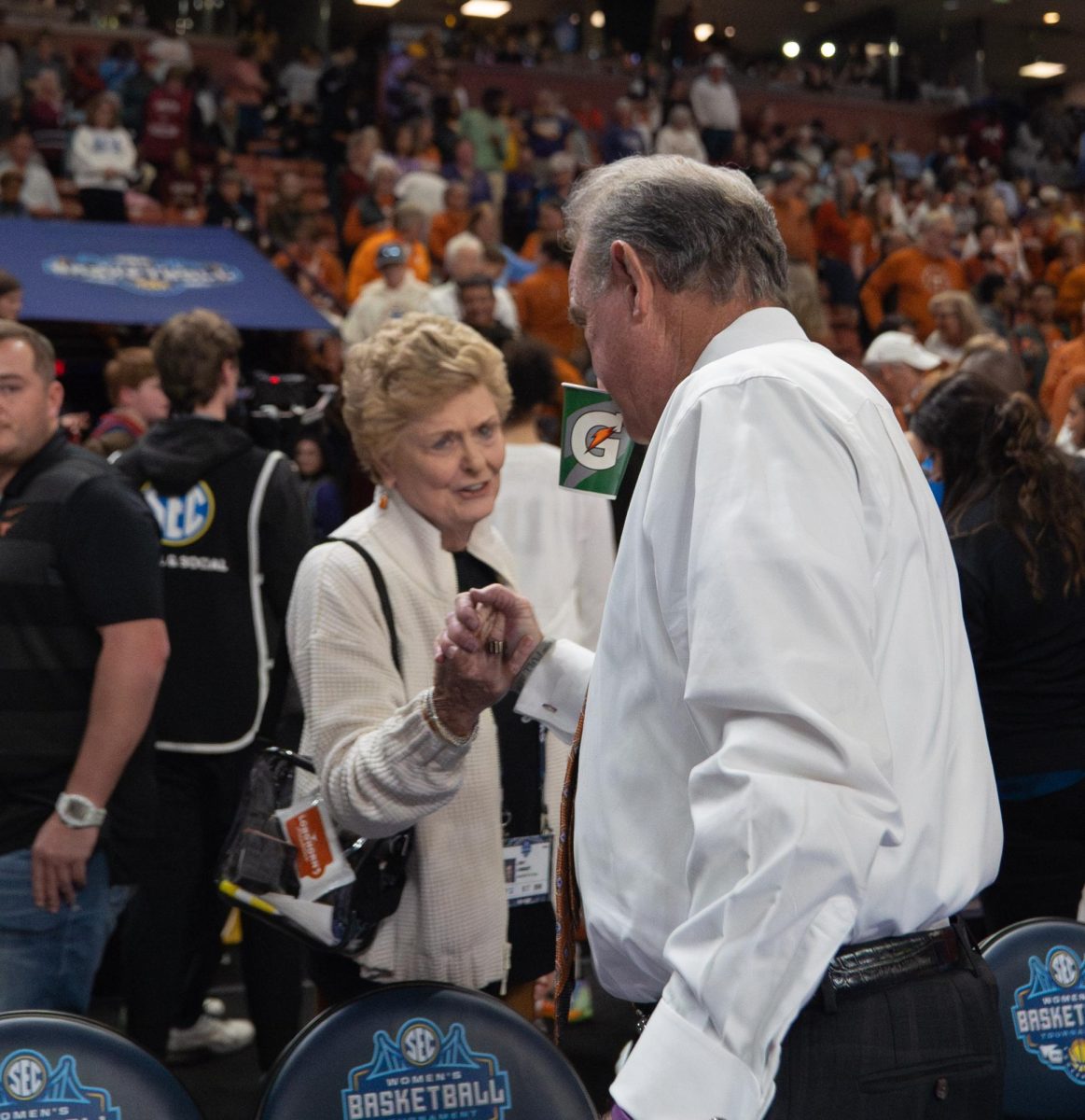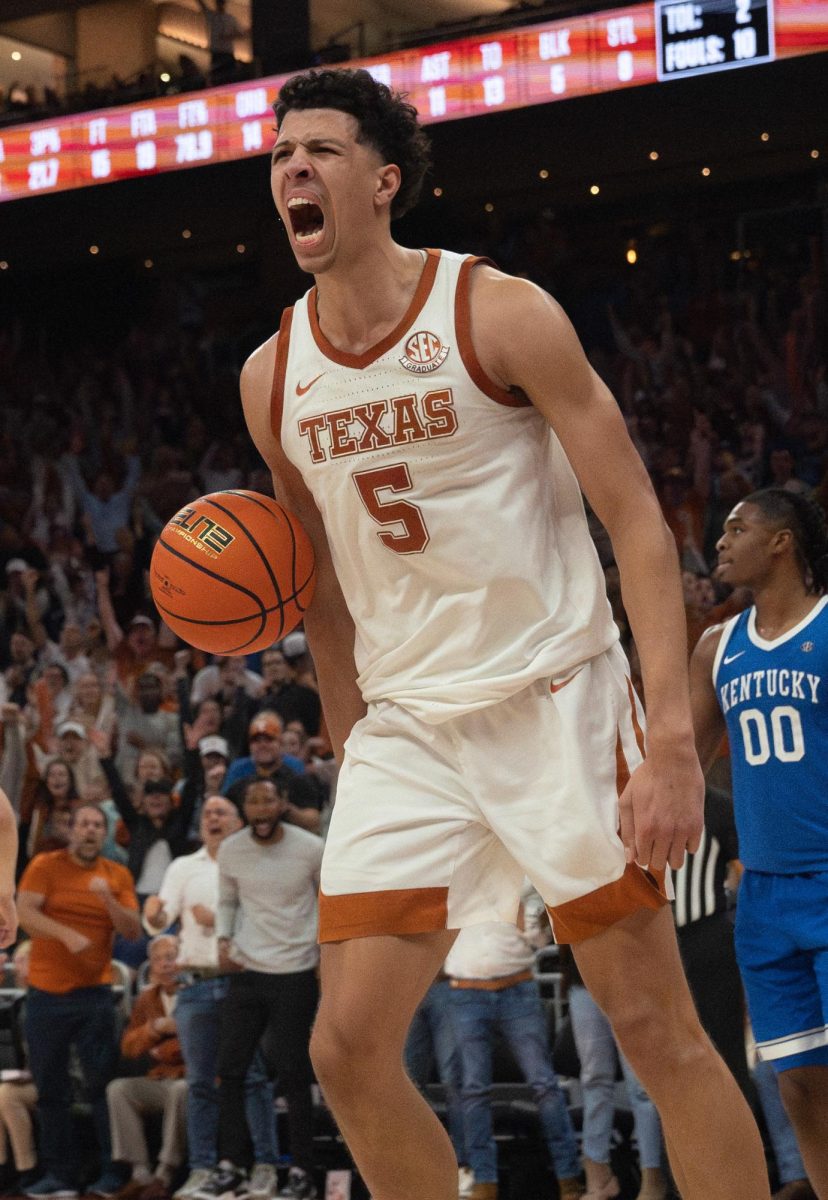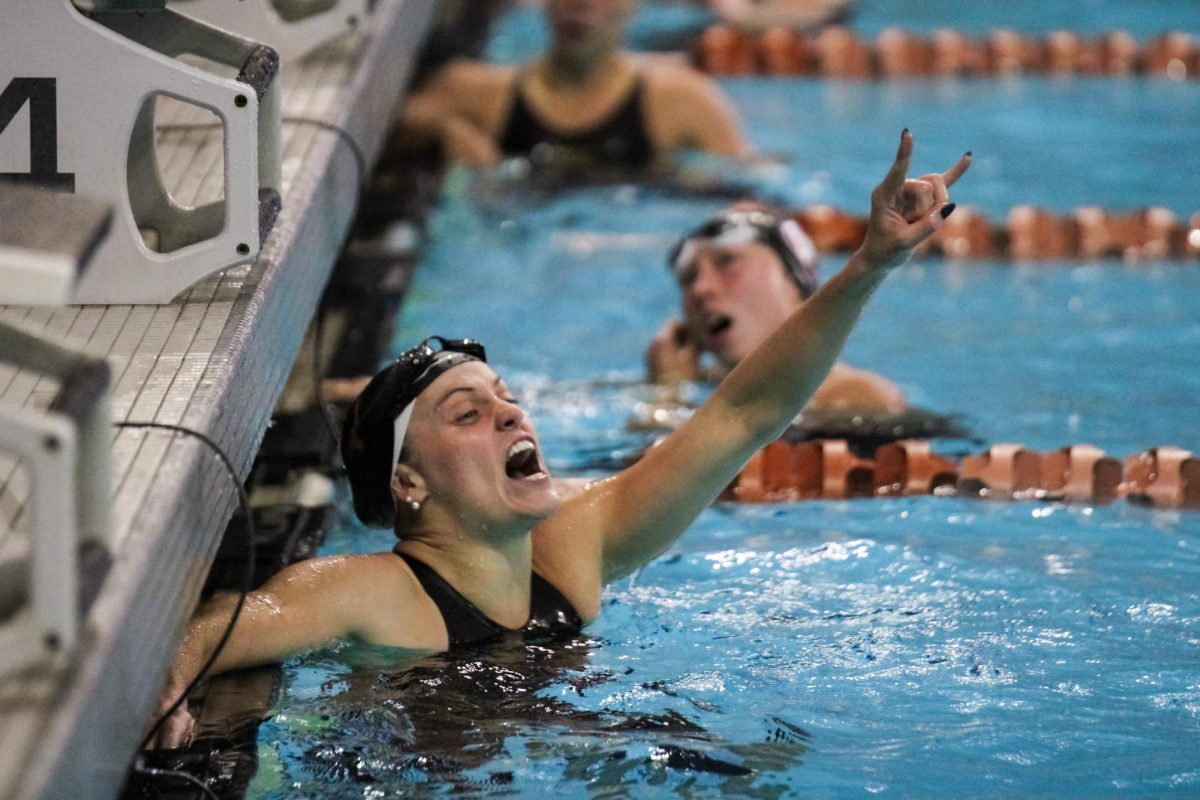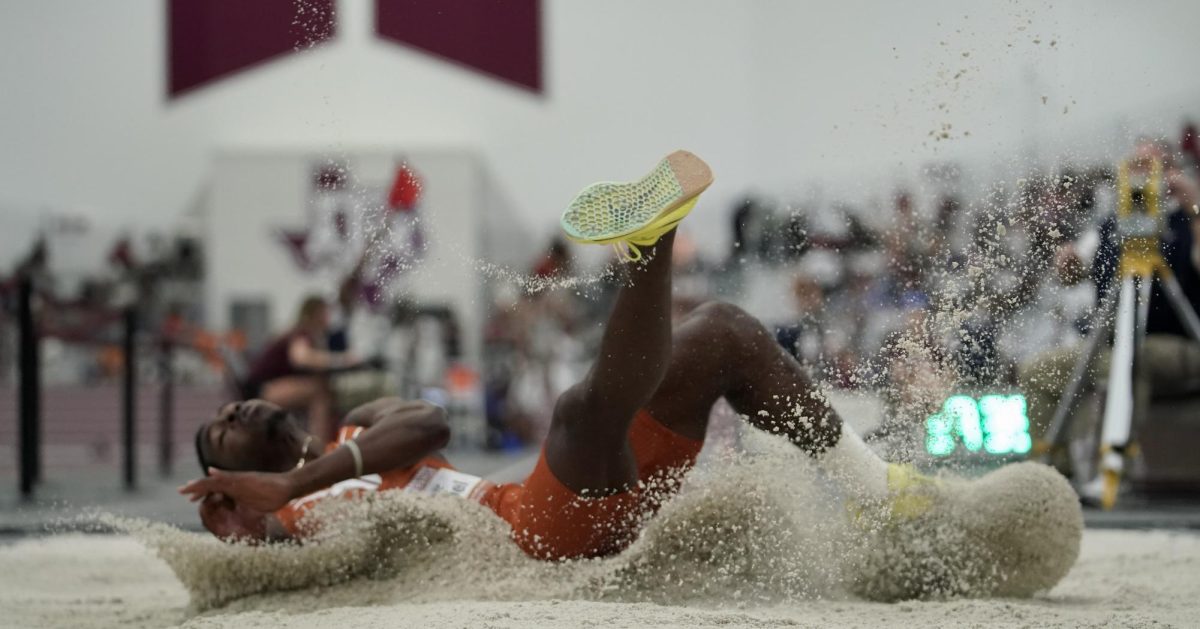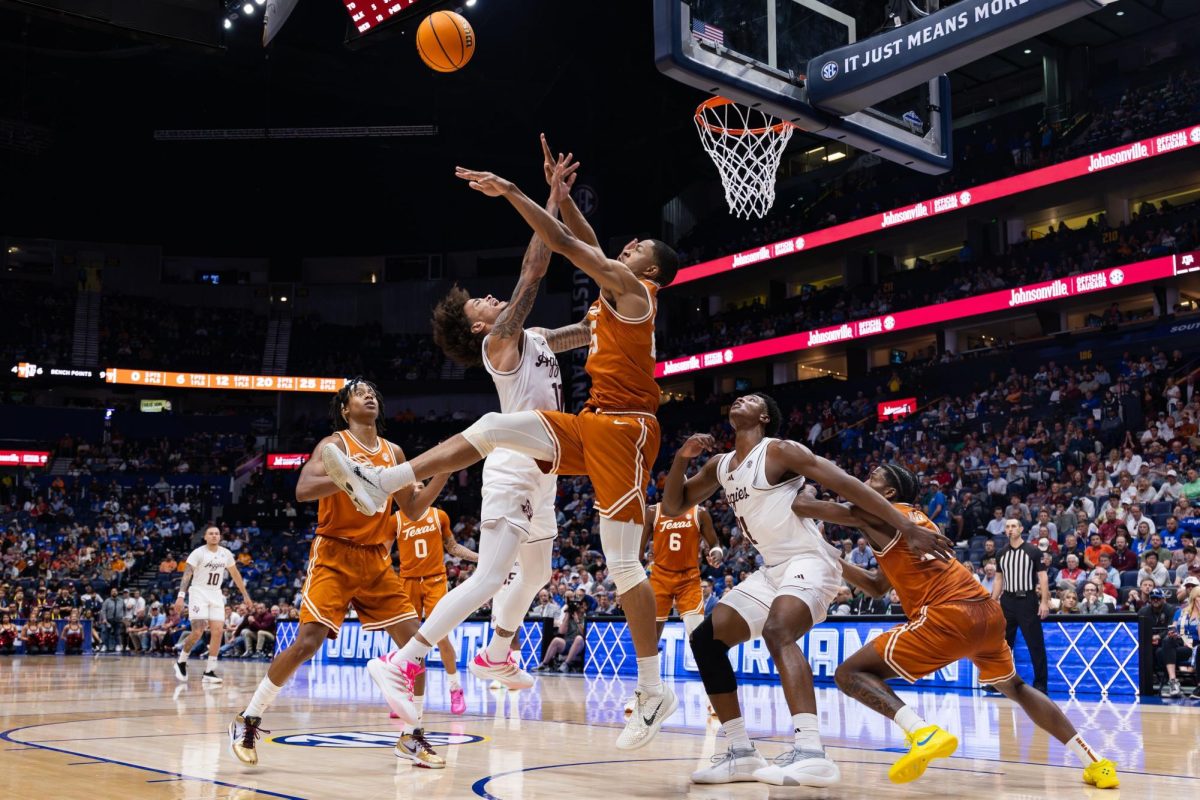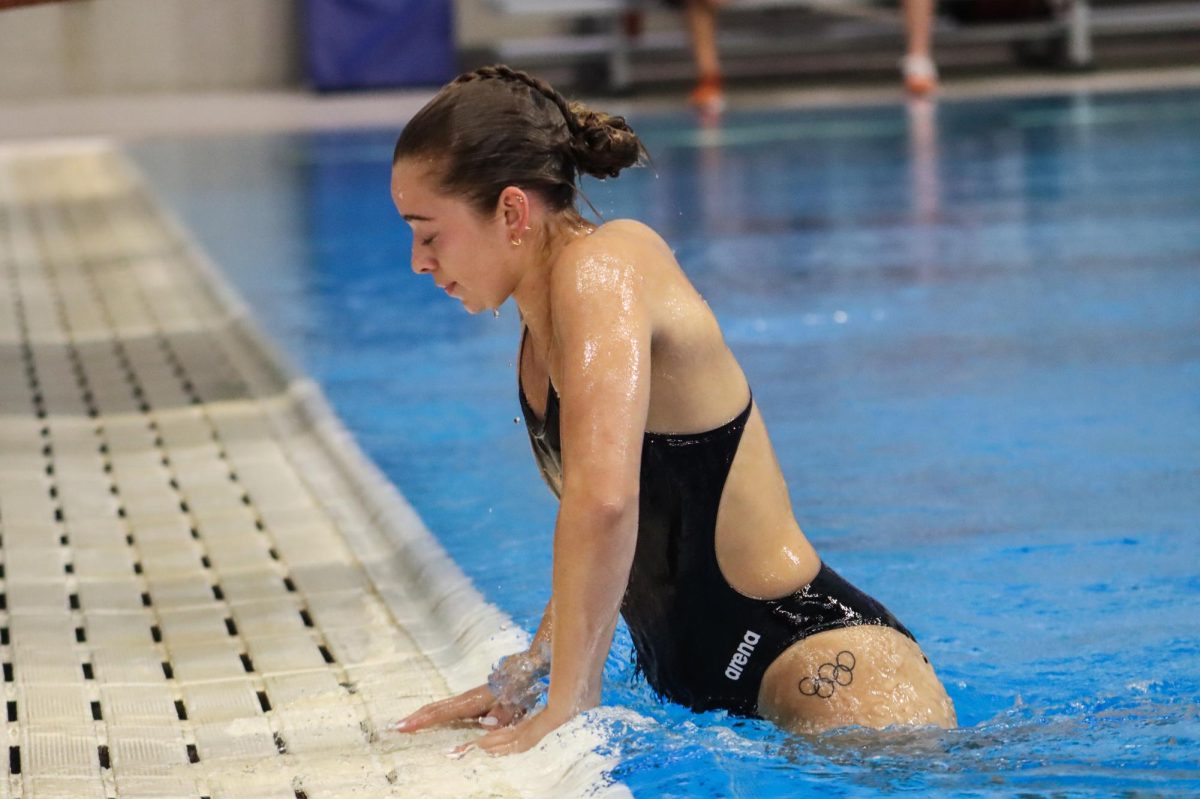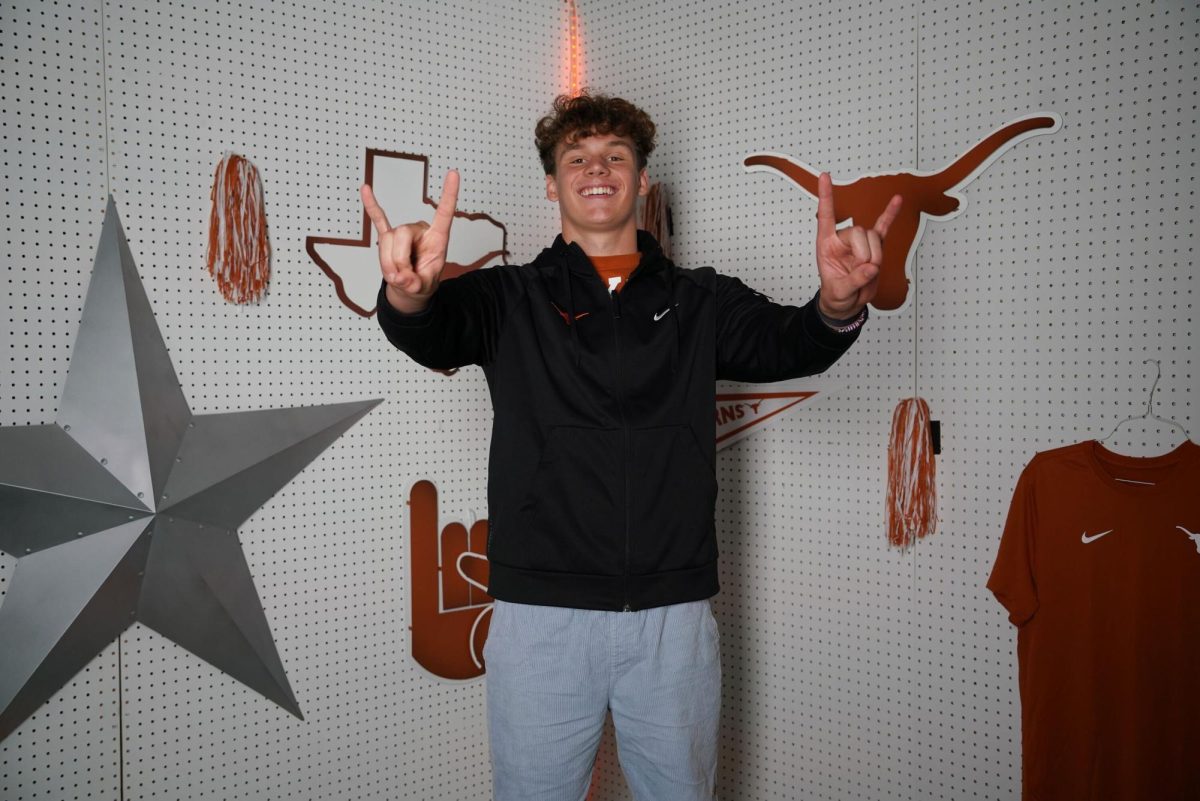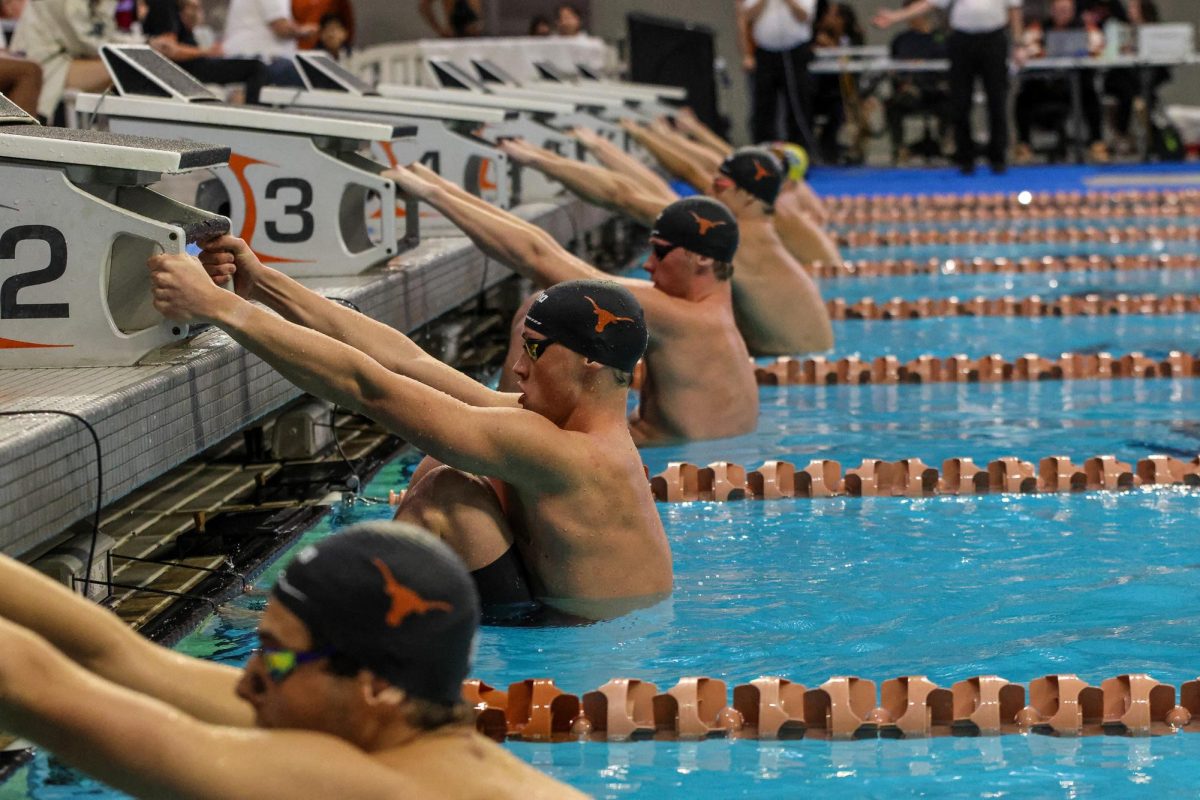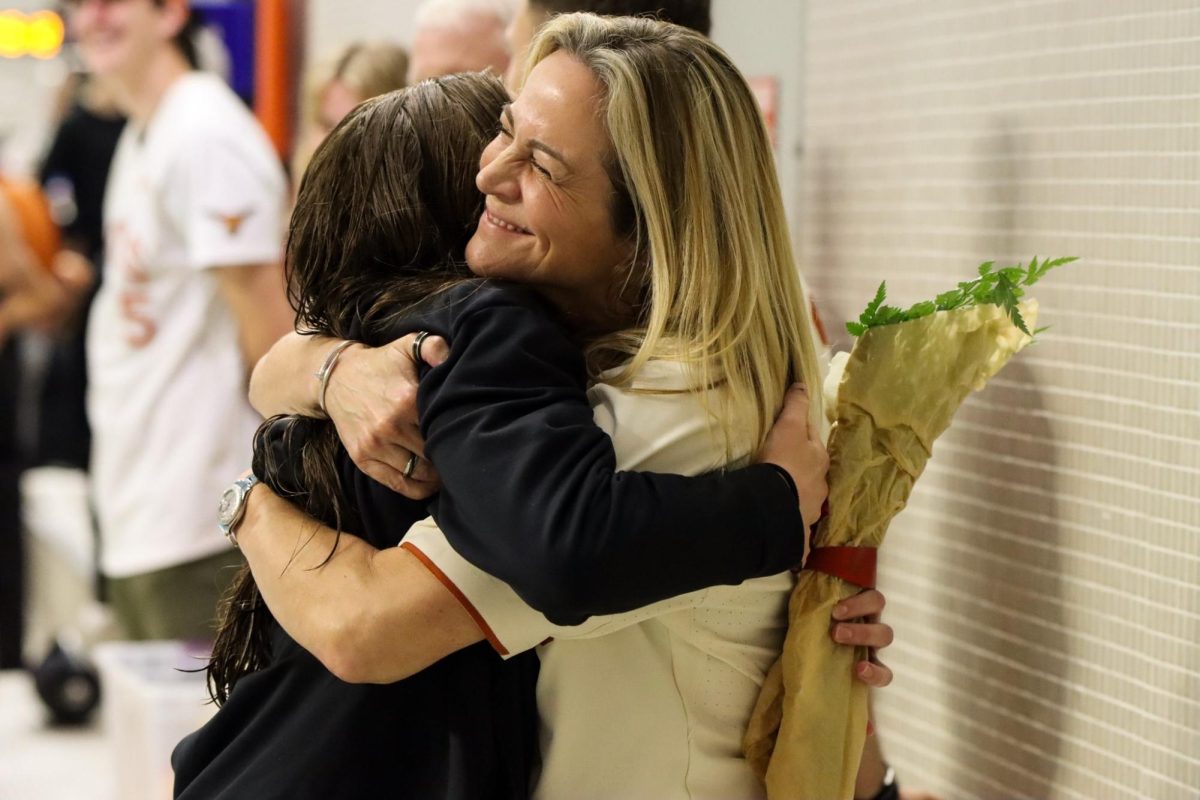Unlike most modern day NCAA programs, UT’s athletic department has been an example of consistency in the face of unpredictable nationwide coaching.
Coaches of most major sports on campus often lead their respective teams for decades at a time, and, until last year, the track and field program was no exception.
So, it came as a surprise that beginning in 2014 — despite the past success of the program — the men’s and women’s track and field teams merged into one team with a single head coach leading the group. Fortunately, the Longhorns had a well-qualified coach in Mario Sategna waiting in the wings.
With the men currently ranked 17th in the country, and the fifth-ranked women fresh off a victory at last weekend’s indoor Big 12 Championships, the team hasn’t missed a beat.
Sategna, a former national champion decathlete, was one of the top assistant coaches in the country with the Longhorns over the past 10 years. Seven Big 12 Championships were won during his tenure as an assistant coach.
But even the most skilled coach could not handle such a major change on his own. Luckily for Sategna, he didn’t have to.
“We were very fortunate to go out and hire what I feel is the best coaching staff in America,” Sategna said.
In contrast to past years, when a few assistant coaches were shouldered with multiple responsibilities, each of the six event coaches on Sategna’s new combined staff have the luxury of specializing in a single area of expertise.
This change may have seemed revolutionary for such a consistent program, but it actually follows a recent trend among the top Division I schools.
“As much as we pride ourselves here at the University … to be the leaders, we were one of the last major Division I schools that hadn’t combined,” Sategna said.
The athletes have certainly reaped the benefits of the change. Sophomore thrower Ryan Crouser is currently ranked first in the nation, and he feels the added team camaraderie has improved Texas’ overall performance.
The men and women used to travel separately and even sit in different parts of the stands at meets, according to Crouser, but now there is a greater sense of team unity.
“We are together all the time,” Crouser said. “They cheer for us, and we cheer for them, so I feel like it’s been beneficial on
both sides.”
Senior sprinter Briana Nelson said she and her female teammates have also benefited from the merger.
“The boys are always really intense when they train,” Nelson said. “Seeing them train is always going to help our intensity, but I think we help them too.”
Though the new structure may have seemed unusual at first, the athletes took it in stride.
“It has definitely worked for us so far, so I think it’s been a change for the better,” Nelson said.

